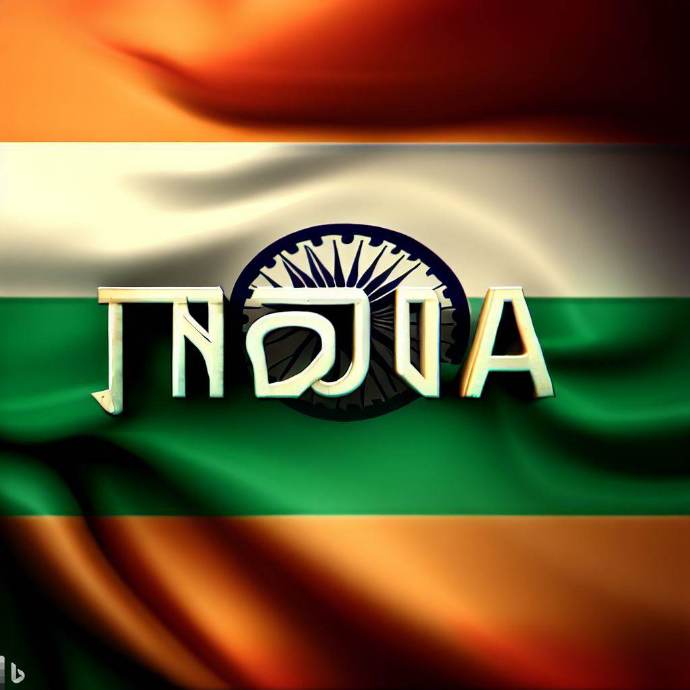India Changes the name of a country is not an easy process. It involves legal, political, and economic implications. Some of the challenges that a country may face when changing its name are,
Can you easily change the country name india
It may require a constitutional amendment, which needs the approval of a majority of the parliament and the states. For example, if India wants to change its name to Bharat, it will need a new constitutional amendment law passed by a two-thirds majority in both the Lok Sabha and the Rajya Sabha, and ratified by the states.
It may cause confusion and resentment among the citizens and the international community. Some people may prefer the old name or have sentimental attachments to it. Others may not recognize or accept the new name. For example, when Myanmar changed its name from Burma in 1989, many countries and organizations still use the old name.
How many legal problems will arise
Legal hurdles, The country’s constitution or other laws may need to be amended to allow for a name change.
Public acceptance, The people of the country need to be supportive of the name change.
International recognition, Other countries and international organizations need to recognize the new name. Cost, Changing the name of a country can be expensive, as it requires updating all official documents, currency, and other materials.
Here are some examples of countries that have changed their names in recent years:
Swaziland, In 2018, Swaziland changed its name to eSwatini. The king of Swaziland said that the name change was intended to reflect the country’s culture and heritage.
Zaire, In 1997, Zaire changed its name to the Democratic Republic of the Congo. The name change was part of a broader political and economic reform process. Sri Lanka, In 1972, Sri Lanka changed its name from Ceylon. The name change was intended to reflect the country’s Sinhalese heritage.
In each of these cases, the name change was a complex and challenging process. However, the countries were ultimately successful in changing their names.
Here are some of the problems that may arise from changing a country’s name,
Confusion, People may be confused about the new name, especially if it is similar to the old name.
Cost, Changing the name of a country can be expensive, as it requires updating all official documents, currency, and other materials. Reluctance to change, Some people may be reluctant to change the name of their country, especially if it is a historic name.
It may incur a huge cost and logistical burden. Changing the name of a country means changing all the official documents, maps, signs, stamps, currency, etc. that bear the old name. It also means updating all the databases, websites, treaties, and agreements that refer to the old name. For example, when Czechoslovakia split into Czech Republic and Slovakia in 1993, it cost about $3 billion to change everything.
Political instability, Changing the name of a country can be a destabilizing factor, especially if it is done during a time of political turmoil.
Overall, changing the name of a country is a complex and challenging process. There are a number of factors to consider, and there is no guarantee that the name change will be successful. However, in some cases, a name change can be a positive step for a country, as it can help to reflect its culture, heritage, and aspirations.

